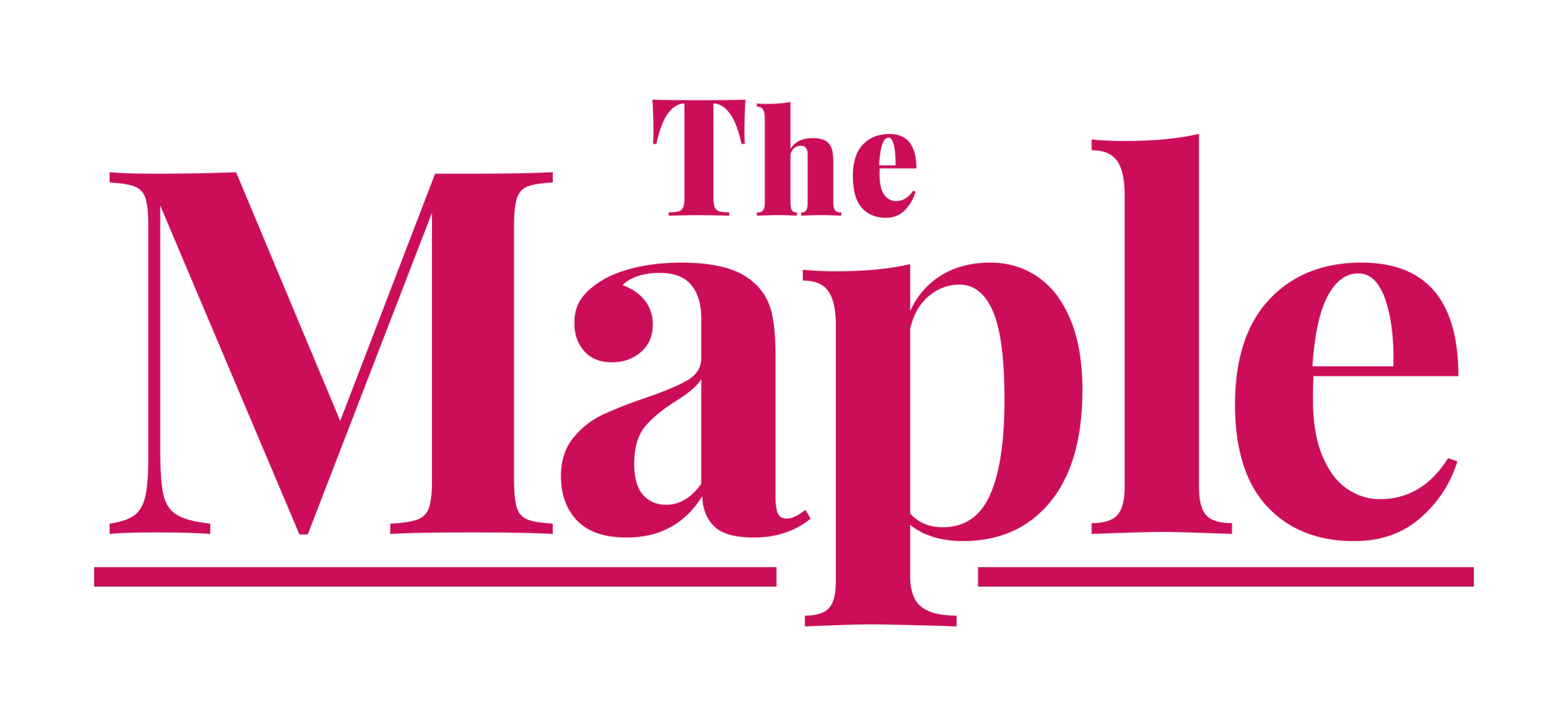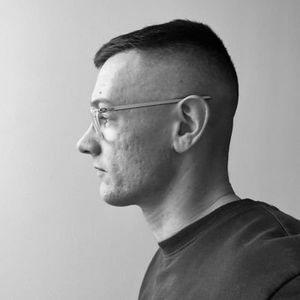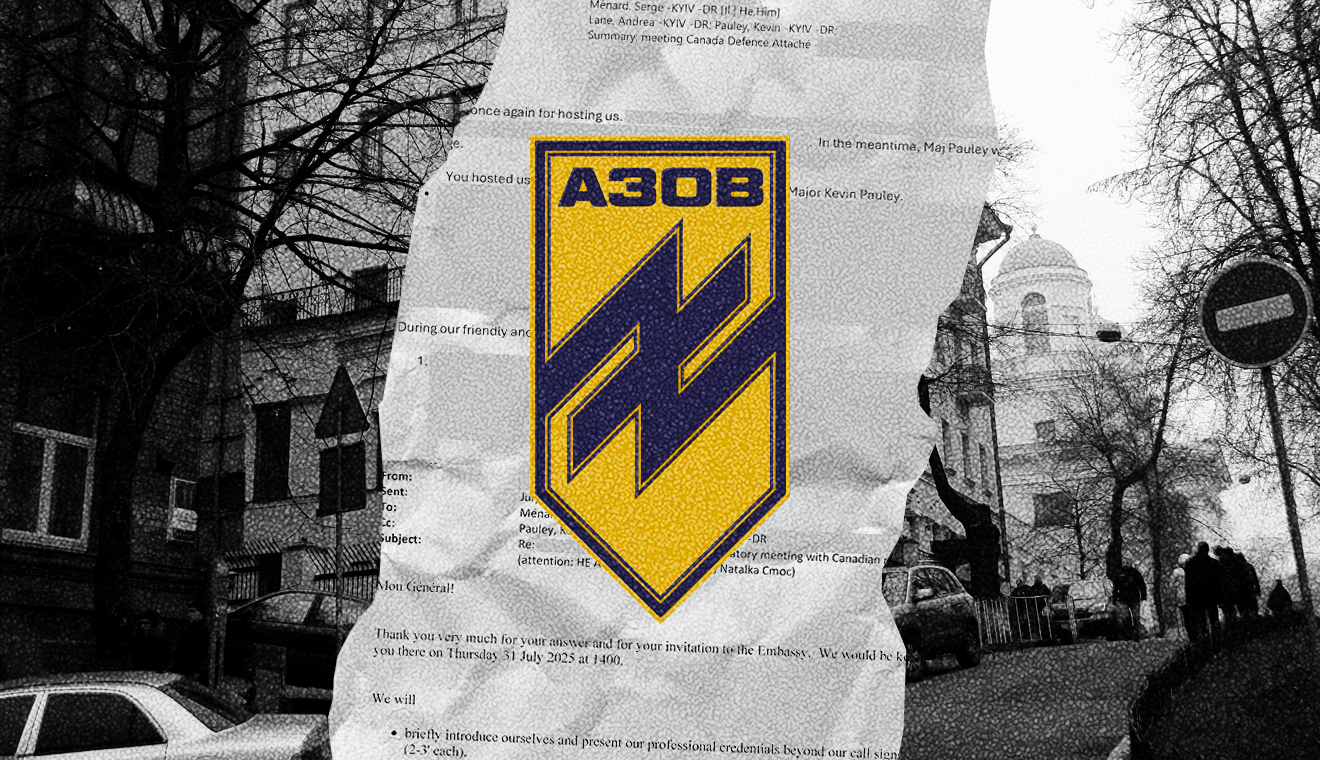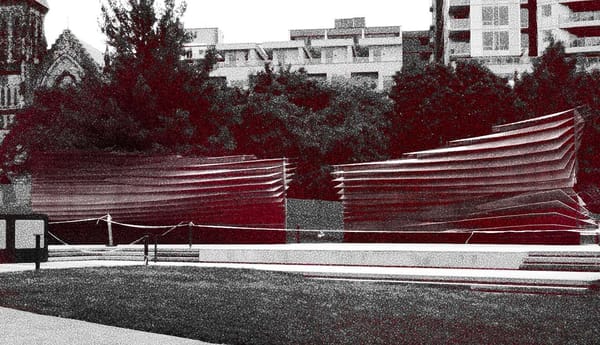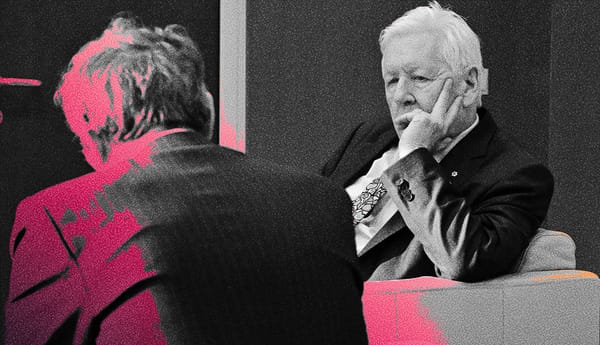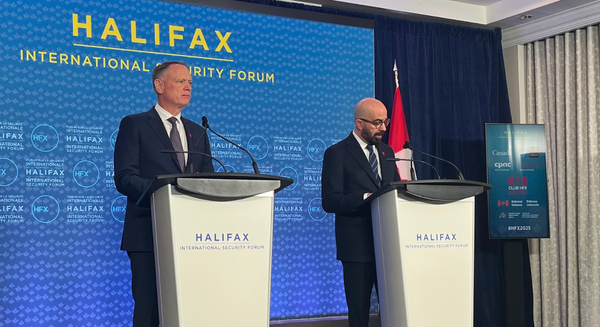Canada’s embassy in Kyiv, Ukraine, hosted a meeting with personnel affiliated with the infamous Azov Brigade this summer, documents obtained by The Maple reveal.
The Canadian military has for years claimed it will not support Azov or any of its affiliates due to their far-right ideology and neo-Nazi links, but the documents show Azov members met with the Canadian Defence Attaché in late July for what one Azov contact called a “friendly and open dialogue.”
Global Affairs Canada (GAC), which released the documents requested by The Maple through an access to information request, censored details about what was discussed during the meeting.
Despite releasing the documents, GAC refused to answer questions from The Maple about the meeting, deferring all questions to the Department of National Defence (DND). DND, which initially deferred to GAC, did not respond to The Maple’s questions by publication time.
The Maple requested any correspondence regarding meetings or requests for meetings at the Canadian embassy from the Azov Brigade or any of its affiliated organizations.
The released documents show that on July 20, an Azov contact wrote to the Canadian ambassador to Ukraine, Natalka Cmoc, requesting “a meeting with the appropriate Canadian Military and Commercial Attachés or Counselors.”
GAC censored other information in the email, including the name and rank of the Azov contact, and which Azov formation the contact belongs to.
Days later, Canada’s defence attaché in Ukraine at the time, brigadier-general Serge Ménard, replied that Cmoc was out of the country but that she asked Ménard to follow up with the Azov contact on her behalf.
“It would be a pleasure to organise a meeting this week, if it works with you,” Ménard wrote, before offering some meeting slots between July 29 and July 31.
“Please let me know if any of those timings would work for you and it will be a pleasure to greet you at the Canadian Embassy.”
The Azov contact wrote back “thank you very much for your answer and for your invitation to the Embassy,” before suggesting they meet on the 31st and asking for information about dress code. “We usually work in civilian business casual mil-style attire or we can wear our uniforms,” the contact wrote.
GAC censored what appears to be a meeting agenda proposed by the Azov contact.
A follow-up document indicates a meeting time was “accepted,” with deputy attaché Kevin Pauley and Andrea Lane also named as “required attendees.”
Hours after the meeting took place, the Azov contact wrote: “Thank you once again for hosting us [...] You hosted us with your colleagues, Ms Andrea Lane and Major Kevin Pauley.” GAC censored almost all of what appears to be a summary of the points that were discussed during the meeting.
The Azov contact described the meeting as a “friendly and open dialogue.”
DND and the Canadian Armed Forces (CAF) have for years claimed they will not support Azov, or any of its affiliated entities, because of Azov’s far-right ideology and neo-Nazi links.
Last year, The Maple obtained documents showing that DND’s NATO directorate warned that Azov members continued to be far-right “fanatics” despite their integration into the Ukrainian National Guard.
Azov Brigade was originally formed as a “Batallion” in 2014 by neo-Nazi gang members to combat pro-Russian separatists in eastern Ukraine.
After it was integrated into Ukraine’s National Guard the same year, it was renamed “Azov Regiment.” It was then expanded as a brigade in February 2023 in the midst of Russia’s ongoing invasion.
In June 2024, when the Biden administration in the United States announced it had lifted a six-year-old ban on military transfers to Azov, DND told The Maple it would not follow suit.
It was not clear if DND’s statements applied to the 3rd Separate Assault Brigade, which was formed in 2023 as part of the Ukrainian Armed Forces, and is commanded by Azov founder Andriy Biletsky, who is also the leader of the far-right National Corps party.
In a 2023 interview, Biletsky said there is “no division” in the wider Azov movement despite the separate formation of the 3rd Assault Brigade.
Until April 2025, Azov Brigade was commanded by Denys Prokopenko, a veteran of the original Azov Battalion and a former member of the “White Boys Club” football ultras. Prokopenko became head of the newly formed “Azov Corps” this year.
As noted in The Maple’s previous reporting and despite some of Azov’s defenders claiming it was long ago deradicalized, extensive research has pointed to Azov members’ continued use of neo-Nazi insignia and their ongoing ties to far-right political leaders.
Ivan Katchanovski, a political studies professor at the University of Ottawa, told The Maple he is not surprised the Canadian embassy hosted a meeting with Azov, because it follows a policy of Western countries whitewashing and using Ukrainian neo-Nazis in a proxy war against Russia.
“This is quite a deliberate policy,” he said, adding that claims about Azov’s supposed deradicalization are “not supported by evidence.”
Despite DND’s repeated denials, past reporting has cast doubts on the Canadian military’s claims it won’t support Azov.
In 2021, the Ottawa Citizen’s David Pugliese found that Canadian officers who were reported to have been briefed by Azov members in 2018 did not denounce the unit, but instead feared journalists would reveal the meeting took place.
In April 2022, Radio-Canada reported on further evidence showing that the CAF had trained members of Ukraine’s military who were reported to be members of far-right groups, including Azov, as recently as 2020.
Photographs posted to social media in February 2023 appeared to show Azov recruits training with Canadian-made rifles and optics. It remains unclear, however, who supplied Azov with the weapons.
The Azov Brigade website lists the Canadian Colt C7 and Colt C8 assault rifles as being among its “key types of armament.”
This week, Defence Minister David McGuinty announced new military aid for Ukraine, including $12 million toward bolstering drone capabilities, $30 million in winter gear and donations of surplus CAF equipment, including missile components, rocket launchers and M113 armoured personnel carriers.
DND says Canada has committed a total of $6.5 billion in military aid to Ukraine since Russia’s invasion began in February 2022.
The Canadian embassy in Ukraine has previously served as a venue in Ukraine’s political conflicts. In 2014, the building provided shelter for anti-government protesters during the Maidan uprising, which ultimately toppled the presidency of Viktor Yanukovych.
“Western countries covertly supported [...] the violent overthrow of the Ukrainian government by far-right and oligarchic elements of the Maidan opposition leadership and organizations like the Right Sector, which then included the predecessors of Azov, Patriots of Ukraine, and the Social National Assembly,” said Katchanovski.
The Maidan uprising was followed by years of upheaval and preceded the war with pro-Russian separatists in the Donbas region, which borders Russia.
After Russia invaded Ukraine, Canadian embassy staff fled into neighbouring Poland. The Canadian embassy officially re-opened in May 2022, though Global News reported months later that the building remained shuttered.
CBC Blurs Nazi Tattoo
Neo-Nazi symbols and ideology among Ukrainian fighters have continued to be a source of embarrassment for governments backing Ukraine’s war effort and some of the media outlets who report on it.
In a recent broadcast, CBC’s The National spoke to a member of the 3rd Assault Brigade in Kyiv. The unit’s recruits were shown training to fight in what CBC called a “shadow war” against Russian-recruited saboteurs operating inside Ukraine.
The “shadow war” also includes saboteurs and assassins reportedly sponsored by “The Base,” an American-born international neo-Nazi outfit whose leadership is believed to be based in Russia, and which claims it seeks to exploit the chaos in war-torn Ukraine in order to establish a white ethnostate.
Alleged former members of The Base have claimed the organization’s leader is a Russian spy, The Guardian reported in April.
But the CBC broadcast inadvertently reminded viewers that Nazi symbolism and ideology also remain prevalent on the Ukrainian side.
CBC’s Ben Makuch interviewed an unnamed 3rd Assault Brigade trainer with a Nazi swastika tattoo on his right arm. After this was pointed out on X/Twitter, CBC blurred the tattoo in the video, initially without any explanation.
After The Maple contacted the CBC on October 10, the broadcaster’s head of public affairs, Chuck Thompson, wrote: “As soon as we became aware of the offensive tattoo after broadcast, we blurred it.”
“We have updated the description of the video to explain the change.”
Asked if the decision to censor the tattoo was made due to any concerns about embarrassing the Ukrainian military, Thompson wrote: “The answer is no.”
Katchanovski said he estimates that neo-Nazi organizations now control around 5 per cent of the entire Ukrainian military.
“They have much bigger influence compared to their 5 per cent control over the Ukrainian Armed Forces,” said Katchanovski.
Azov in particular, he said, benefits from regular whitewashing in Ukrainian and Western media, which regularly dismiss or deny the unit’s neo-Nazi ties.
“The power of Azov relies on their ideological motivation,” Katchanovski said.
